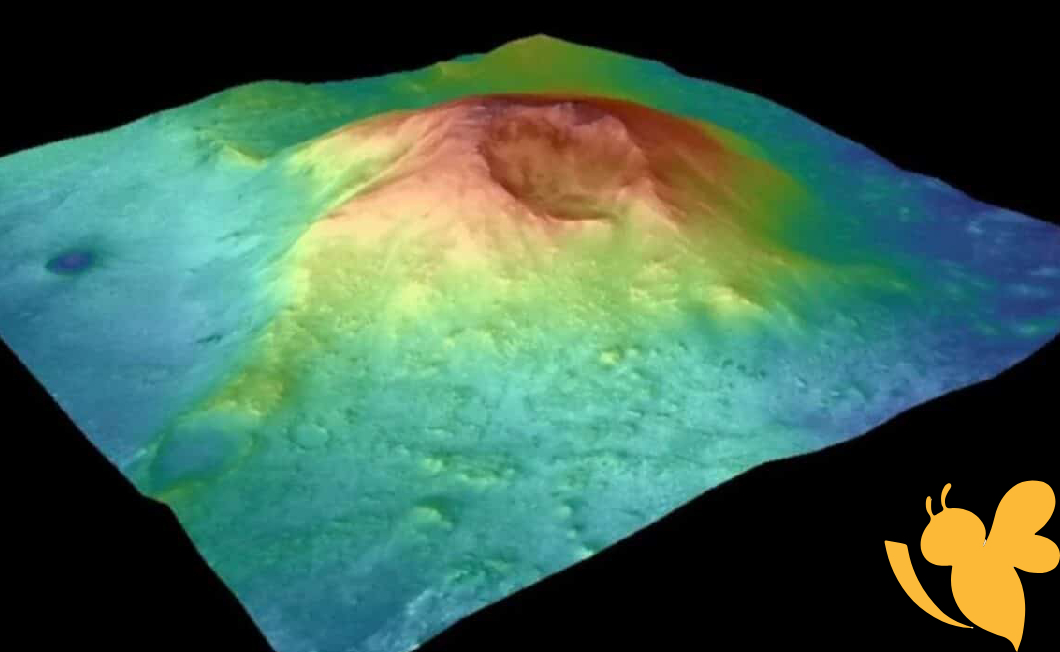The discovery of an ancient Martian volcano near the Eridania paleolake provides insights into the planet's geological and climatic history. This volcano suggests significant tectonic activity that may have created habitable environments billions of years ago. This complements evidence from Gale Crater, where the Curiosity rover identified 3.7-billion-year-old wave ripples, implying a warm atmosphere capable of sustaining liquid water.
Mars is a planet of mystery, with its surface marked by vast craters, deep canyons, and strange geological formations. Among these features, Jezero Crater has always intrigued scientists, largely due to its potential to have once held water. Researchers had long suspected that the prominent peak on the crater’s rim might be volcanic, but conclusive evidence had been elusive. That is, until now.
Using data collected from Mars orbiters and the Perseverance rover, scientists have confirmed that Jezero Mons shows characteristics similar to known volcanic formations on Mars and Earth. The mountain’s size and shape mirror those of volcanic features like Zephyria and Apollinarus Tholi on Mars, and even Mount Sidley in Antarctica. These similarities provide solid evidence that the feature might have been formed by volcanic activity.
By counting craters near the volcano, Wray and his team estimate that Jezero Mons may have last erupted as recently as 1 billion years ago, possibly flinging ash, lava and rocks into Jezero crater, even as far as Perseverance’s landing site.
That means the rover might have collected samples from the volcano. If so, and if they could be returned to Earth, scientists would be able to precisely date the activity of a volcano on another planet for the first time.
Currently, NASA and its international partners have no solid plan to get this collection of rocks and dust back to Earth, but the agency is reviewing two Mars Sample Return (MSR) mission strategies with a goal of confirming the program in 2026. President Donald Trump’s 2026 budget proposal, however, threatens to derail this program. If passed by Congress, the budget would terminate the MSR mission on the grounds that it is “grossly over budget” and its goals can be achieved by human missions to Mars.
Moreover, the relationship between volcanic activity and ancient lakes underscores a complex interplay between geological processes and potential biosignatures on Mars. The lakebeds formed when water evaporated, leaving behind mineral deposits that may have preserved signs of past life . This discovery not only enhances our understanding of Martian history but also raises intriguing questions regarding the planet's capacity to support life in its early epochs.
Read more
Cincinnati Joins Nationwide ‘No Kings’ Rally Against Trump’s Agenda China's stalling tactics in response to Trump's policies
Sara H
Also on site :
- David Beckham’s children share messages of support as footballer finally knighted
- Inside Universal’s Big Bet on ‘How to Train Your Dragon’
- The things ER doctors do and don’t worry about

